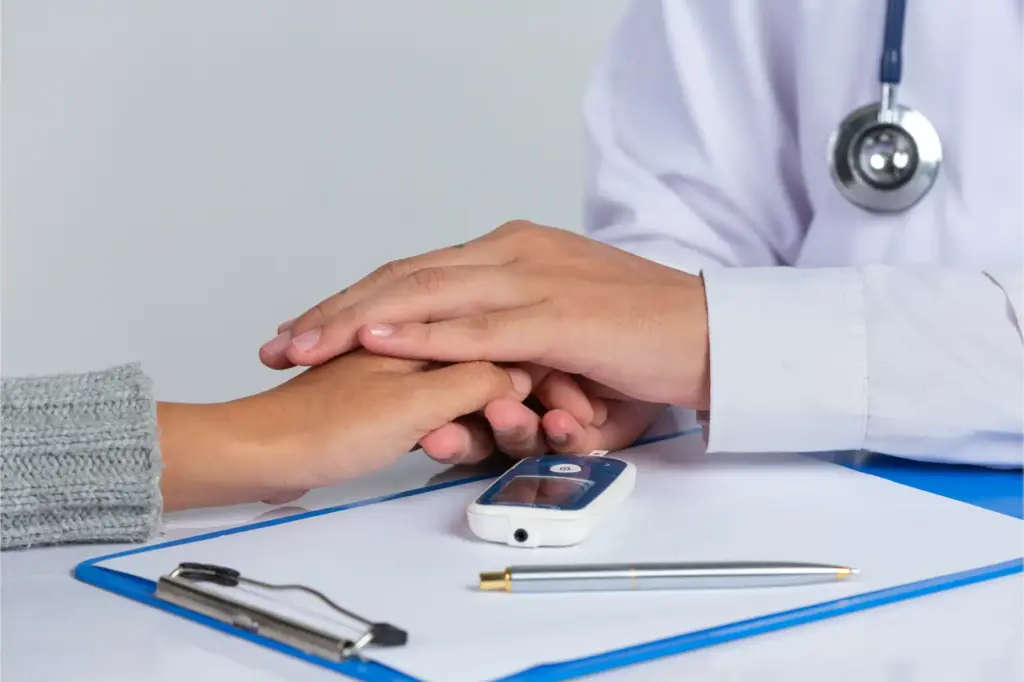
Global diabetes cases: About 44% of people living with diabetes worldwide were undiagnosed in 2023, and underdiagnosis coupled with sub-optimal blood sugar control remains a major challenge in low- and middle-income countries, according to an analysis published in The Lancet Diabetes & Endocrinology.
Drawing on Global Burden of Disease (GBD) data from 204 countries and territories between 2000 and 2023, the study estimates that just over 55% of those aged 15 and above with diabetes had received a diagnosis last year.
Also Read | Mediterranean diet and exercise shown to cut diabetes risk in older adults
“By 2050, 1.3 billion people are expected to be living with diabetes, and if nearly half don’t know they have a serious and potentially deadly health condition, it could easily become a silent epidemic,” said first author Lauryn Stafford of the Institute for Health Metrics and Evaluation, which coordinates the GBD study.
In India, 43.6% of people with diabetes were diagnosed in 2023, an improvement of roughly 14 percentage points over 2000, while more than 97% of those diagnosed were receiving treatment, the international team, which included researchers from AIIMS, New Delhi, reported.
Diagnosis rates were highest in North America, treatment coverage among those diagnosed was strongest in high-income Asia Pacific (including Japan and South Korea), and optimal glycaemic control among treated patients was greatest in southern Latin America, including Chile and Argentina. Central sub-Saharan Africa had the largest diagnostic gaps, with fewer than one in five people with diabetes aware of their condition.
Given the rapid growth in cases, the authors call for investment in youth screening and continued expansion of access to medicines and glucose-monitoring tools, particularly in underserved regions.
The World Health Organization’s 2022 global targets aim for 80% of people with diabetes to be clinically diagnosed by 2030, with 80% of those diagnosed achieving good glycaemic control and the same proportion meeting blood pressure control goals.








